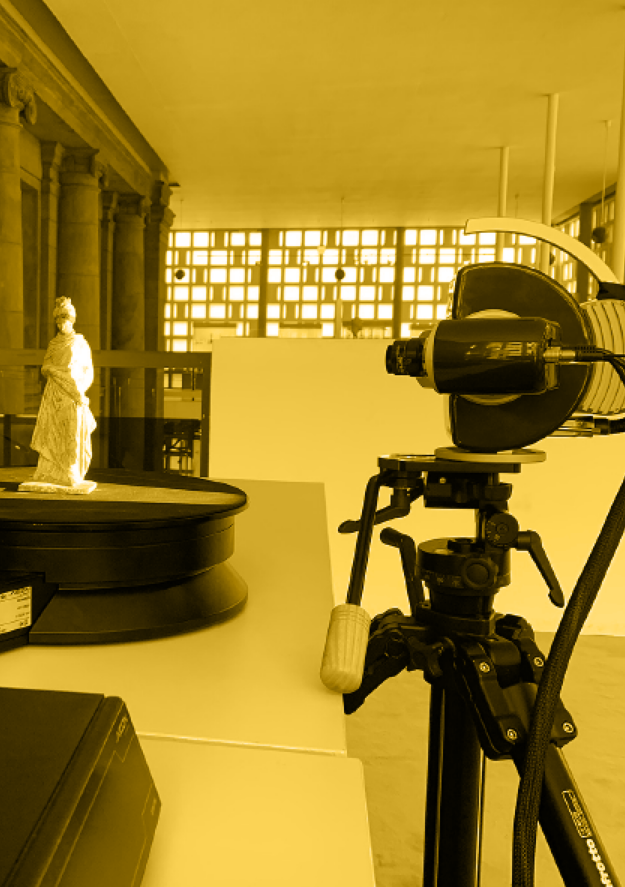Schemata – 3D Classification Methods and Archaeological Identification Criteria
An Interdisciplinary Collaboration Using the Example of Ancient Terracotta Statuettes
Identifiers (Article)
Abstract
Both in the field of applied computer science and in disciplines dealing with material artefacts, three-dimensional objects with complex shapes are inadequately classified. Archaeologists are confronted with the problem that resemblance in shape can be recognized, but is difficult to adequately describe in words. Furthermore, archaeology has yet to make sufficient use of automated 3D shape recognition to differentiate the formal relationship of similar objects. A computer, however, has no problem recognizing identically shaped objects, though it has yet to learn our human perception and understanding of similarity. The goal of this project is therefore to develop procedures for automatically generating corpora using 3D pattern recognition, as well as to reflect on the associated schematizations and how they can be applied in the computer and visual sciences. This involves developing methods of object mining in 3D data. In close cooperation between computer science and archaeology, this experimental process leads to a substantial analysis of the concept of pattern recognition as a branch of the humanities. Based on 200 terracottas of the late 4th and 3rd centuries BC, which despite their similarity differ in various details, a classification system will be elaborated using digital methods and taking into account the complexity of the artefacts.
Statistics




